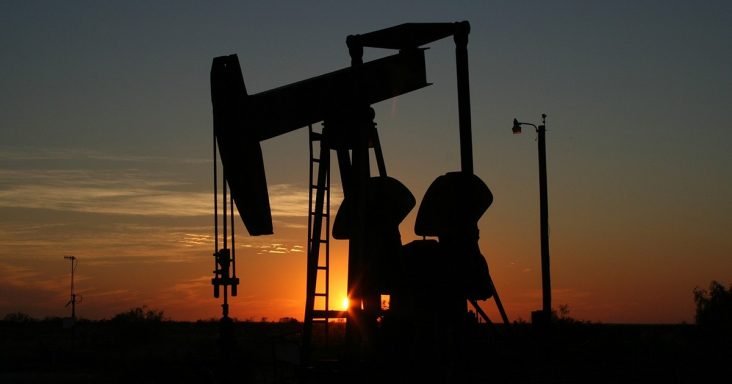Crude oil production to remain steady through 2021
by November 18, 2020 1:24 pm 704 views

U.S. crude oil production is expected to be flat through the end of 2021, according to the U.S. Energy Information Administration (EIA).
Meanwhile, in August, production in the Gulf of Mexico fell by the largest amount since September 2008. Production in the Gulf of Mexico declined by 453,000 barrels per day, or 27%, to 1.2 million barrels per day in August, the lowest rate in nearly seven years. The decrease can be attributed to Hurricanes Laura and Marco in late August.
Crude oil production in the United States has declined since President Donald Trump declared a national emergency regarding the COVID-19 pandemic. The production reached a record 12.9 million barrels per day in November 2019 and was at 12.7 million barrels per day in March. Production fell to 10 million barrels per day in May, the lowest level since January 2018.
By August, production had risen to 10.6 million barrels per day in the United States, and the U.S. benchmark price of West Texas Intermediate (WTI) crude oil had risen from $17 per barrel in April to $42 per barrel in August. The WTI price is expected to be an average of $43 per barrel in the first half of 2021, up from $40 in the second half of 2020.
Global petroleum demand is not expected to recover to pre-pandemic levels through at least 2021. The demand was 101.5 million barrels per day in 2019. Global consumption of petroleum is projected to be an average of 92.9 million barrels per day in 2020 and 98.8 million barrels per day in 2021. The gradual recovery in global demand contributes to the expectation for higher crude oil prices in 2021. International benchmark Brent crude oil price is projected to rise from $41 per barrel in 2020 to $47 per barrel in 2021.
The price projection is based on many factors, especially changes in global production of crude oil, according to the EIA. As of early November, members of the Organization of the Petroleum Exporting Countries (OPEC) and partner countries (OPEC+) were considering plans to keep production at existing levels, which could result in higher crude oil prices. OPEC+ previously planned to ease production cuts in January 2021.
Factors that could lead to lower-than-projected prices would be a slower recovery in global petroleum demand. Some parts of the United States are adding restrictions such as curfews and limitations on gatherings as COVID cases rise. Also, some countries in Europe are again putting into place lockdown measures.
So far in 2020, five hurricanes and one tropical depression have caused disruptions to crude oil production in the Gulf of Mexico. Hurricanes Laura and Marco caused shut-ins starting Aug. 22 and led operators to reduce output for 15 days. Hurricane Marco made landfall on Aug. 24. Three days later, Hurricane Laura made landfall as the 10th-strongest U.S. hurricane, based on wind speed. More than 14.4 million barrels of crude oil production was curtailed over those 15 days because of the storms, according to the U.S. Bureau of Safety and Environmental Enforcement. About 84% of crude oil production in the Gulf of Mexico was shut in at the peak of disruption as a result of crew evacuations.
Production in the Gulf of Mexico fell from 1.73 million barrels per day in September to 1.29 million barrels per day in October because of Hurricanes Delta and Zeta. Crude oil production in the Gulf of Mexico is projected to recover to nearly 1.92 million barrels per day by December and reach an average of 1.71 million barrels per day in 2020.
